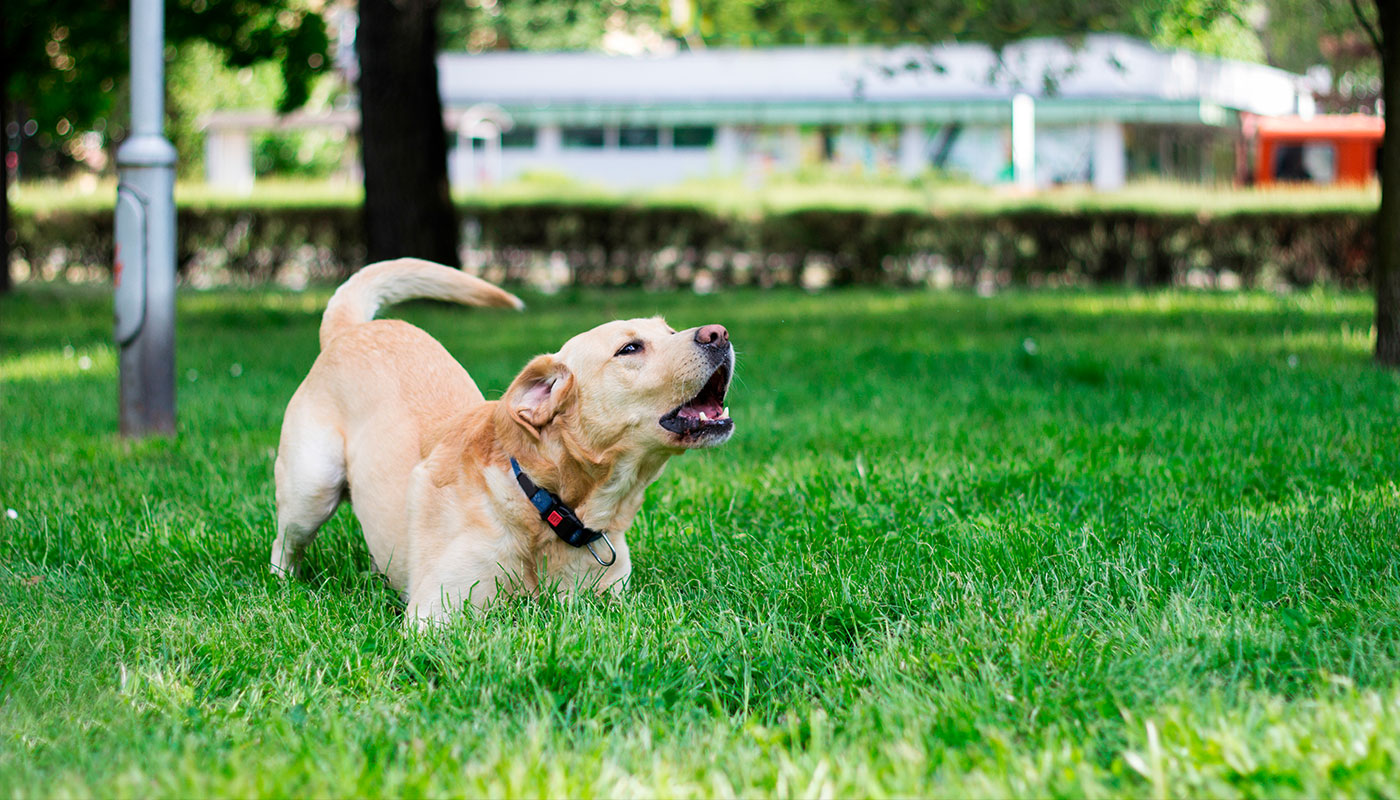The language of dogs and how to understand it
The language of dogs is broad and very varied. A bark, growl or a yawn, depending on the context, can mean many things. Discover it!
pets
Share

“If only they could talk”. How many times have heard this phrase about a dog, without realising that dogs do talk. Not like humans, but dogs communicate constantly. We just need to learn to read their language.
What language do dogs use to communicate?
Dogs communicate through body language; through sounds, like barking and growling, and with smell. That's how they express their emotions, desires and needs.
Cats also communicate with us and other species using their body, especially their head, ears and gaze. They also communicate through sound and vocalisations, such as purring, hissing and meowing.
The body language of cats and dogs is different, but especially in the movement of the tail and ears, which sometimes leads to them having difficulties understanding each other. This helps us to understand the phrase “to fight like cat and dog”,
Barking: the language of dogs
It is important to know that when dogs bark, in reality they are expressing themselves, so we shouldn’t stop or punish barking, quite the opposite. By barking, dogs express fear, excitement, need, demand attention...
If we watch them carefully, we will realise that the bark is not the same each time and we learn to detect its meaning. A persistent and short bark before leaving the house, accompanied by turns and jumps, can mean excitement and joy. If our dog sits in front of us and barks with short barks while looking at our pocket, it can mean they want a reward. That’s why it is always important to take various factors into account, such as the situation, the form of barking, the body language...to know what they want to tell us.
Growling is also really important for dogs to communicate. It is usually a misunderstanding on the part of humans, who often interrupt it, when it is vital for dogs, especially when communicating with each other. If we allow them to express themselves freely, growling can prevent many problems, since it often means “get away, you’re making me feel uncomfortable”. A balanced dog will understand the message and will move away from the dog that growled. However, if we punish the growling, the uncomfortable or fearful dog won’t know how to handle their fear and may have other reactions, like attacking or running away. Therefore, growling is just a warning that our dog is not feeling comfortable and we should offer them safety and peace of mind.

How to understand canine communication?
The most important thing is observation. If we have a relationship and are patient with our dog, we will be able to understand their language. We already know that wagging the tail and moving the ears is fundamental in their communication. For example, the tail between the legs denotes fear and wagging the tail quickly can mean joy, but wagging it too quickly will mean excitement.
Professionals like vets, ethologists and dog trainers can help us to understand these signals. In addition, we can follow them on social networks or consult books, blogs or professional platforms.
How do I know if my dog is talking to me?
Your dog is talking to you. You can be certain of that. Humans are their guides and dogs have developed a way of communicating with us, for survival. They constantly watch us, detect our mood and learn our language so we can understand them. When they look at us, sit, wag their tail, bark.. they are communicating. That’s why it is important not to ignore their behaviour.
How do I communicate with my dog?
“My dog understands me when I talk”. This is what we think when we live with dogs. And it’s true, to a point. Dogs understand many words, it is said that they can understand up to 160. What’s certainly true is that they learn by repetition and associate words with our actions.
For example, when we say “let’s go”, “out”, “here you are”, “ball” or “sit”, they associate it with the action and benefit this action gives them. Dogs make a lot of effort to understand us and please us because they want to see us happy.






